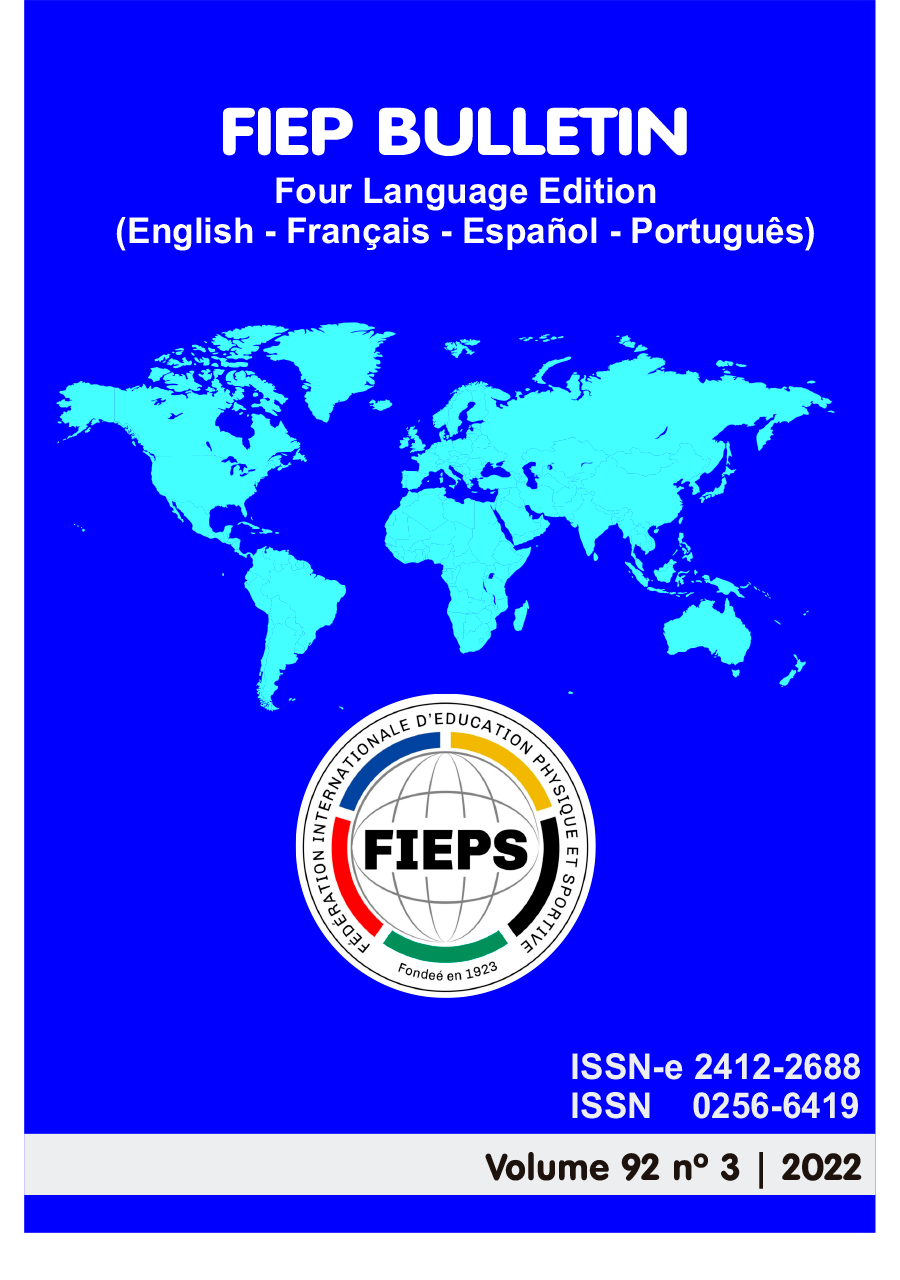05 - DERMATOGLYPHIC PROFILE OF ADOLESCENTS WITH SPECIFIC NEEDS
Palavras-chave:
Inclusive education, dyslexia, attention deficit hyperactivity disorder, dermatoglyphics, adolescentsResumo
Introduction: Considering that human development is influenced by both genetic and environmental factors, and that young people with learning difficulties may have low motor coordination levels. Knowledge of the genetic profile allows early stimulation of this physical quality and consequently contributes to the improvement of cognitive functions. Objective: the aim of this study was analysing and comparing the dermatoglyphic profile, with regards to the genetic markers of the five fingers of each hand, of students with High Abilities, with Attention Deficit Hyperactivity Disorder (ADHD) and dyslexics.Methods: The sample consisted of 53 children and adolescents, 25 diagnosed with high abilities (aged 11.88±1.71), 20 with Attention Deficit Hyperactivity Disorder (ADHD) (aged 12.5±1.05) and 8 Dyslexics (aged 12.85±1.35). The dermatoglyphic profile of the sample was defined by their fingerprints collection, their analysis and data tabulation. The data was submitted to a descriptive and comparative analysis using the Kruskal-Wallis test. Results: No significant differences were found between the dermatoglyphic indexes of children and adolescents with High Abilities, ADHD and Dyslexics. The groups showed a genetic potential for speed activities, as well as similar coordination potential. In the other hand, mirroring in the number of lines was observed among students with high abilities, but not in those with ADHD and dyslexics. Conclusion: No significant differences were found between the percentage of each type of digital design. However, there were differences in hand mirroring between the groups studied.
Downloads
Downloads
Edição
Seção
Licença
Autores que publicam nesta revista concordam com os seguintes termos:- Autores mantém os direitos autorais e concedem à revista o direito de primeira publicação, com o trabalho simultaneamente licenciado sob a Licença Creative Commons Attribution que permite o compartilhamento do trabalho com reconhecimento da autoria e publicação inicial nesta revista.
- Autores têm autorização para assumir contratos adicionais separadamente, para distribuição não-exclusiva da versão do trabalho publicada nesta revista (ex.: publicar em repositório institucional ou como capítulo de livro), com reconhecimento de autoria e publicação inicial nesta revista.
- Autores têm permissão e são estimulados a publicar e distribuir seu trabalho online (ex.: em repositórios institucionais ou na sua página pessoal) a qualquer ponto antes ou durante o processo editorial, já que isso pode gerar alterações produtivas, bem como aumentar o impacto e a citação do trabalho publicado (Veja O Efeito do Acesso Livre).










